Earth news stories
A new archaeological study has unearthed evidence Indigenous people in Australia and North America sustainably managed and consumed oysters for thousands of years.
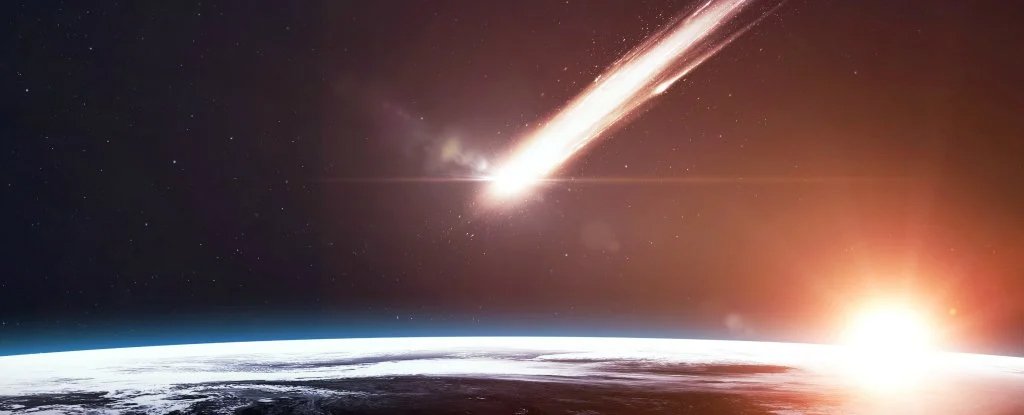
We still don’t know just how the first life emerged on Earth. One suggestion is that the building blocks arrived here from space; now, a new study of several carbon-rich meteorites has added weight to this idea
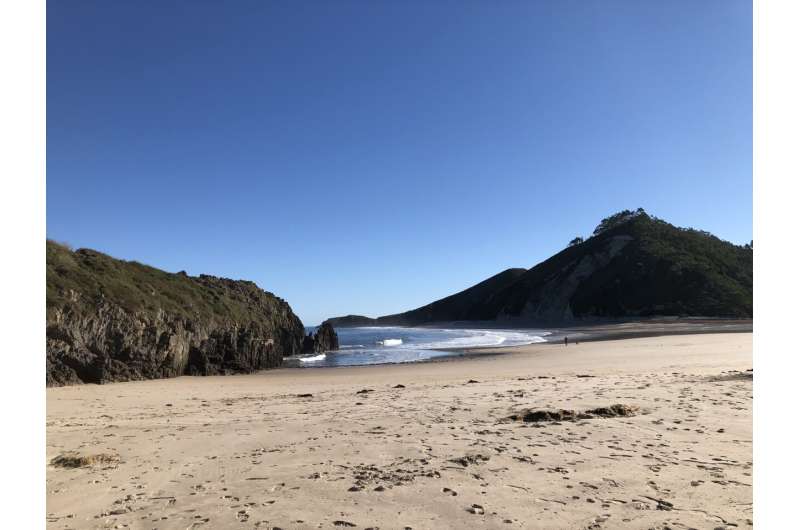
Current global climatic warming is having, and will continue to have, widespread consequences for human history, in the same way that environmental fluctuations had significant consequences for human populations in the past.

A unique rock formation in China holds clues that tectonic plates subducted, or went underneath other plates, during the Archean eon (4 billion to 2.5 billion years ago), just as they do nowadays, a new study finds.
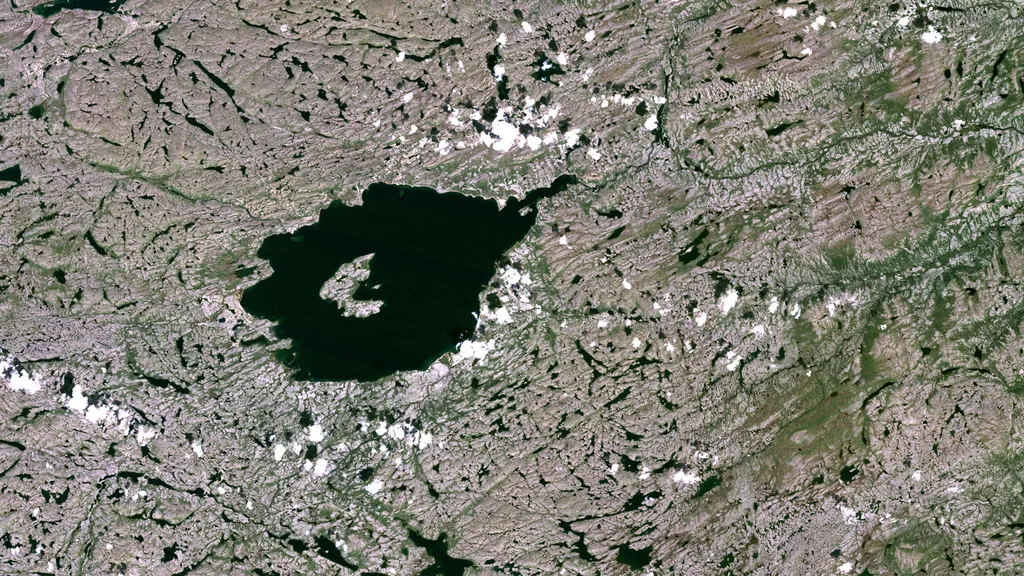
The rock, a fist-sized piece of black glass, was discovered in 2011 and first reported in 2017, when scientists wrote in the journal Earth and Planetary Science Letters that it had been formed in temperatures reaching 4,298 degrees Fahrenheit (2,370 degrees Celsius)…
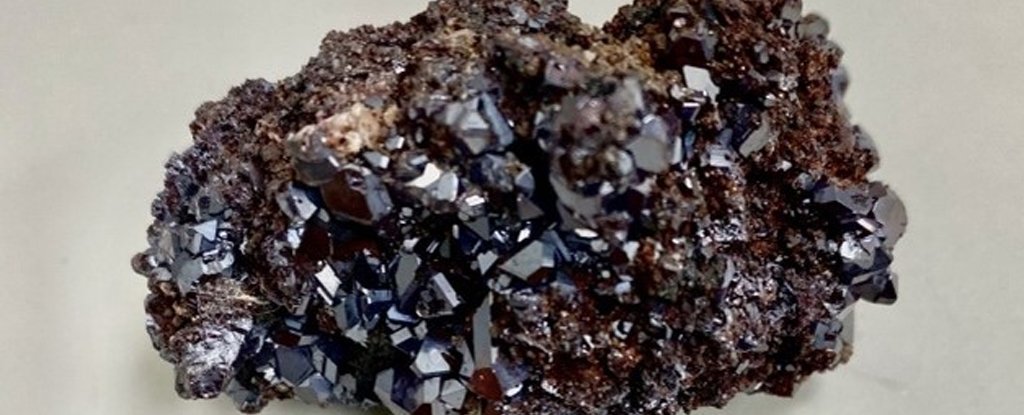
One of the ways we can fully realize the potential of quantum computers is by basing them on both light and matter – this way, information can be stored and processed, but also travel at the speed of light.

Scientists believe they have found evidence of microbes that were thriving near hydrothermal vents on Earth’s surface just 300m years after the planet formed – the strongest evidence yet that life began far earlier than is widely assumed.

On a remote peninsula in Western Australia, a 16-hour drive from the nearest city, 30,000-year-old faces stare at the rare visitor to this wild location.
Image from: Marius Fenger (Wiki Commons)
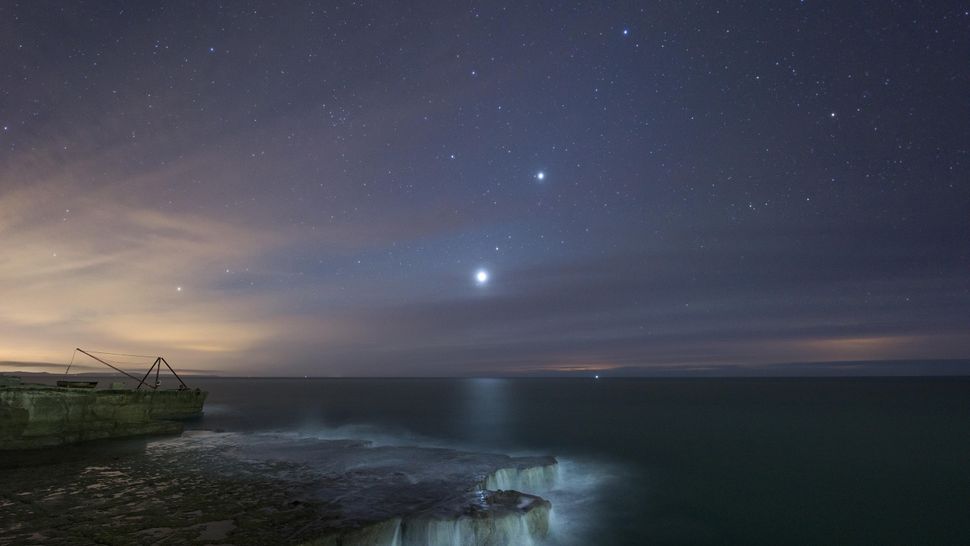
Five planets, visible to the naked eye, are poised to line up and march across the sky this summer in an unusual alignment that will be graced by the light of the moon.
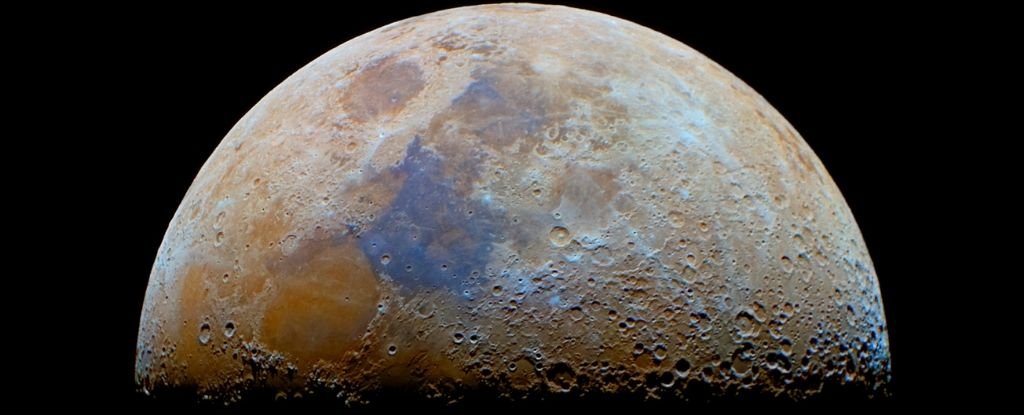
No matter where you’re standing on Earth, you can only ever see one face of the Moon. Its other cheek is perennially turned away from our planet, and this far side is much more pockmarked with craters than the one facing us.

A tsunami 3800 years ago devastated the coastline of Chile and encouraged hunter-gatherers to move inland, where they stayed for the next 1000 years.

Scientists have presented a stunningly preserved leg of a dinosaur. The limb, complete with skin, is just one of a series of remarkable finds emerging from the Tanis fossil site in the US State of North Dakota.

Buried in forest litter or sprouting from trees, fungi might give the impression of being silent and relatively self-contained organisms, but a new study suggests they may be champignon communicators
A stunning array of new fungi has been described for the first time on the Polynesian Island.
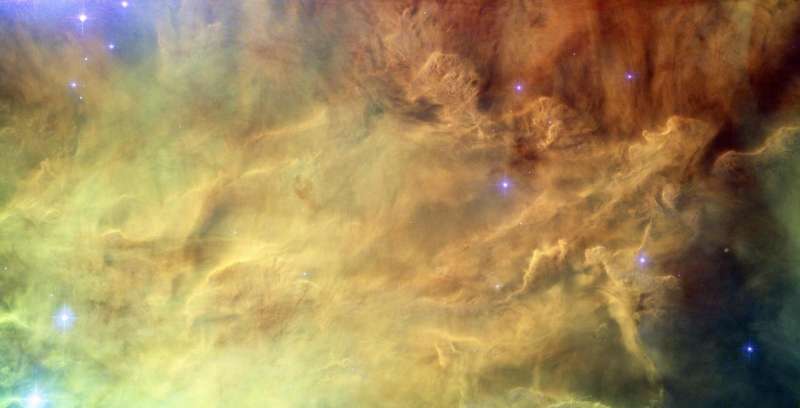
Helium-3, a rare isotope of helium gas, is leaking out of Earth’s core, a new study reports. Because almost all helium-3 is from the Big Bang, the gas leak adds evidence that Earth formed inside a solar nebula, which has long been debated.

“They’ve lived for so long; just think what they’ve seen.” Forester Nick Baimbridge is gazing fondly at a majestic oak that has stood for more than a thousand years. On this wintry afternoon, birds sing from lichen-covered branches and a deer runs through the undergrowth.








